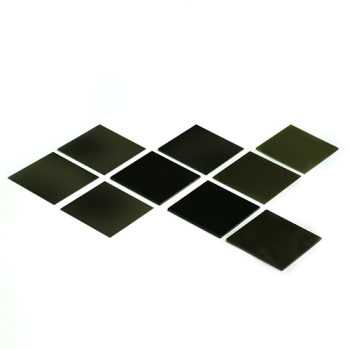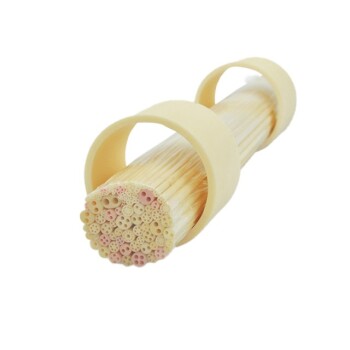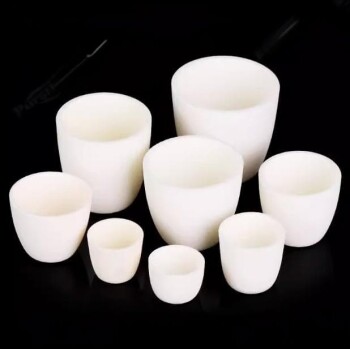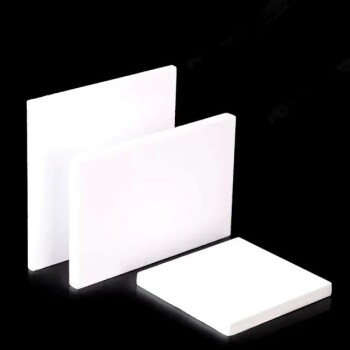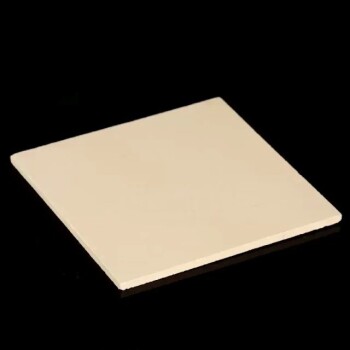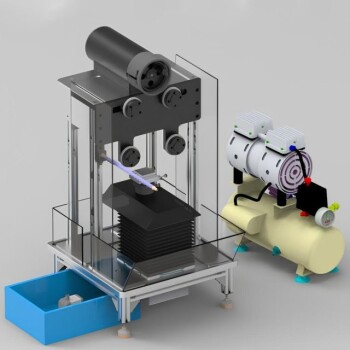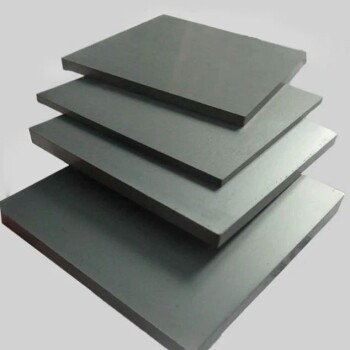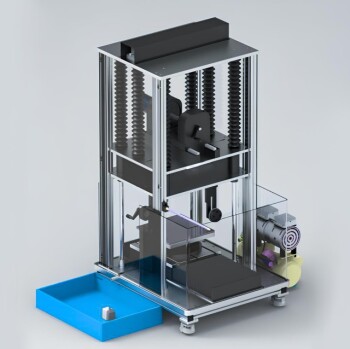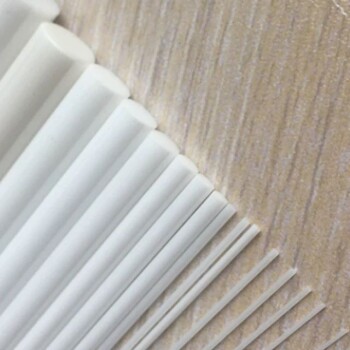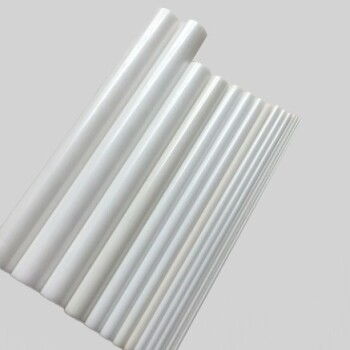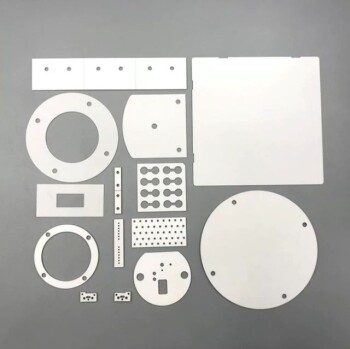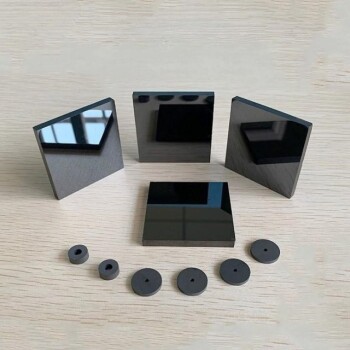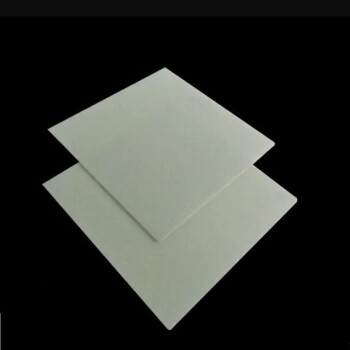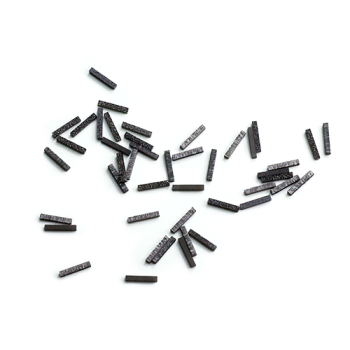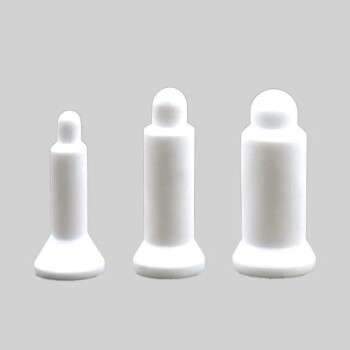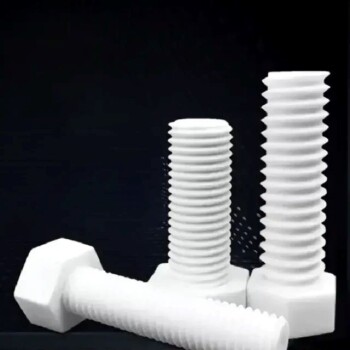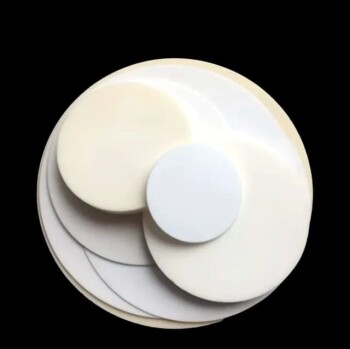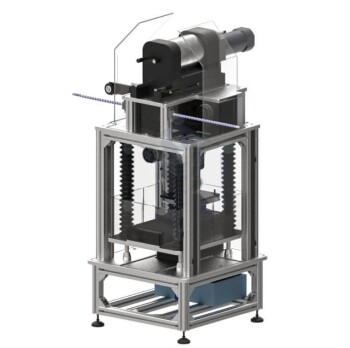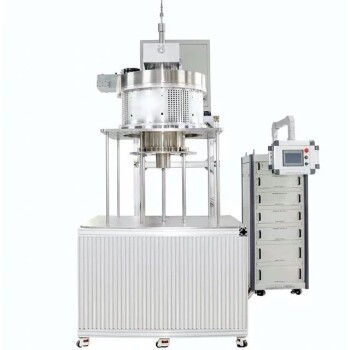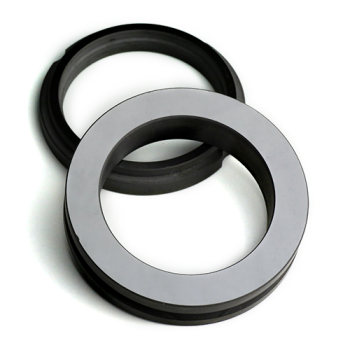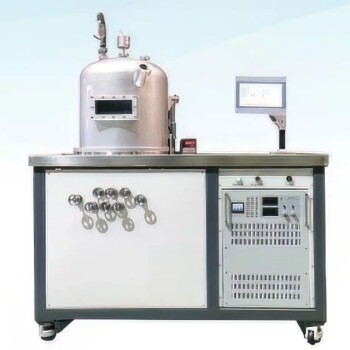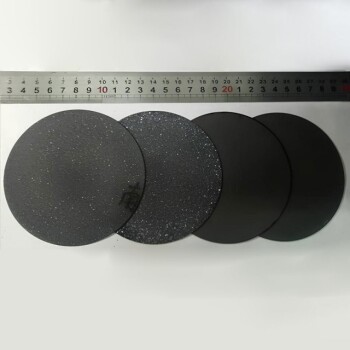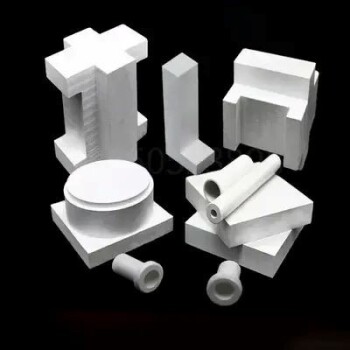Introduction to New Engineering Ceramics
Properties and Applications
New engineering ceramics are distinguished by their exceptional resistance to high temperatures, wear, corrosion, erosion, and oxidation. These materials boast a high modulus of elasticity and maintain significant strength even at elevated temperatures. This combination of properties makes them indispensable in environments where traditional metal materials and organic polymers falter.
| Property | Description |
|---|---|
| High Temperature Resistance | Can withstand extreme temperatures without degradation. |
| Wear Resistance | Resists abrasion and mechanical wear over time. |
| Corrosion Resistance | Immune to chemical attacks from corrosive substances. |
| Erosion Resistance | Resists physical removal of material due to fluid or gas flow. |
| Oxidation Resistance | Prevents oxidation, maintaining structural integrity in oxidizing conditions. |
These ceramics are pivotal in advancing new technologies, particularly in sectors such as aerospace, automotive, and industrial manufacturing. For instance, in aerospace, they are used in turbine blades and engine components, where high-temperature strength and oxidation resistance are critical. In automotive, they enhance the performance of brakes and engine parts, leveraging their wear and corrosion resistance.
Moreover, their high modulus of elasticity ensures that these materials can withstand significant mechanical stress without deforming, making them ideal for applications requiring precision and durability. This versatility positions engineering ceramics as a cornerstone in the development of next-generation technologies, enabling innovations that were previously unattainable with conventional materials.
Comparison with Metal Materials
Engineering ceramic materials offer a compelling alternative to traditional metal materials, particularly in demanding industrial applications. One of the most significant advantages of ceramics is their high temperature resistance, which allows them to maintain structural integrity and mechanical properties at temperatures where metals would typically soften or deform. This makes ceramics ideal for use in high-temperature environments such as furnaces, engines, and gas turbines.
In terms of corrosion resistance, ceramics outperform many metal alloys, especially in hostile chemical environments. For instance, while stainless steel may corrode in acidic conditions, ceramics like alumina ceramic and silicon carbide ceramic remain unaffected. This property is particularly valuable in chemical processing, where materials are exposed to corrosive chemicals and high temperatures simultaneously.
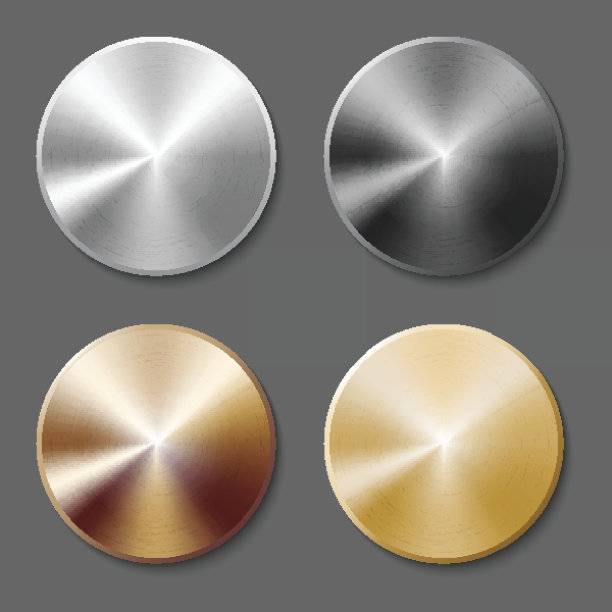
The high hardness of ceramics is another critical advantage. Ceramics such as silicon nitride and zirconium oxide exhibit hardness levels comparable to or exceeding those of hardened steel, making them highly resistant to wear and abrasion. This makes them suitable for applications in cutting tools, bearings, and other components that require durability under heavy mechanical stress.
Moreover, ceramics possess a high modulus of elasticity, which translates to their ability to resist deformation under load. This property is crucial in applications where stiffness and dimensional stability are paramount, such as in aerospace components and precision machinery.
Wear resistance is yet another area where ceramics excel. Their ability to withstand friction and erosion over long periods without significant degradation makes them ideal for use in machinery parts that are subject to continuous movement and contact, such as gears and seals.
Ceramics also exhibit superior thermal shock resistance, meaning they can withstand rapid changes in temperature without cracking or failing. This is particularly important in applications like thermal barrier coatings for jet engines, where sudden temperature fluctuations are common.
Lastly, the non-oxidation property of ceramics ensures that they do not corrode or degrade when exposed to oxygen at high temperatures, unlike many metal alloys that form oxides and scale. This makes ceramics a preferred choice in high-temperature, oxidative environments.
Given these advantages, engineering ceramic materials are increasingly replacing expensive ultra-high alloy steel in various applications. Their superior performance in extreme conditions not only enhances the efficiency and longevity of components but also reduces maintenance costs and downtime.
Types of Engineering Ceramics
Oxide Ceramic Materials
Oxide ceramics encompass a diverse array of materials, including alumina, magnesium oxide, beryllium oxide, zirconium oxide, tin oxide, silicon dioxide, and mullite ceramics. These materials are renowned for their exceptional chemical stability, particularly under high-temperature conditions, and for their superior oxidation resistance.
In comparison to non-oxide ceramics, oxide ceramics often exhibit higher chemical stability and are more resistant to environmental degradation. This makes them particularly suitable for applications where exposure to extreme temperatures and corrosive environments is inevitable. For instance, alumina is widely used in high-temperature furnaces and as insulators in electrical applications due to its high dielectric strength and thermal stability.
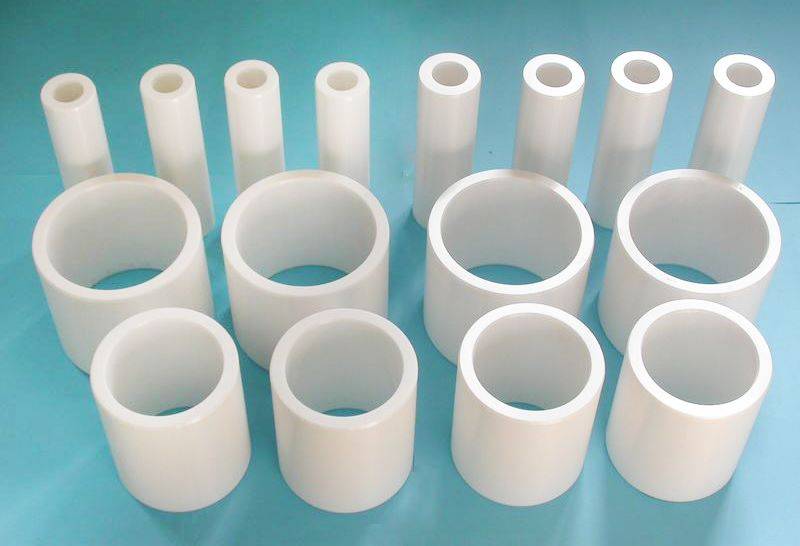
Moreover, the production process of oxide ceramics, which typically involves sintering at elevated temperatures, allows for precise control over the material's microstructure. This control ensures that the final product meets the stringent requirements of various industrial applications, from high-performance cutting tools to advanced structural components.
The table below provides a brief overview of some common oxide ceramics and their key properties:
| Ceramic Material | Key Properties | Applications |
|---|---|---|
| Alumina (Al₂O₃) | High hardness, thermal stability | Cutting tools, furnace linings |
| Magnesium Oxide | Excellent thermal conductivity | Electrical insulators, refractories |
| Zirconium Oxide | High toughness, corrosion resistance | Medical implants, cutting tools |
| Silicon Dioxide | Low thermal expansion, high melting point | Glass, optical fibers |
| Mullite | High thermal shock resistance | Refractory linings, furnace components |
These properties make oxide ceramics indispensable in industries where reliability and durability are paramount, particularly in harsh operating environments.
Non-Oxide Ceramic Materials
Non-oxide ceramics encompass a diverse range of materials, including nitrides, carbides, silicides, and borides. Among these, silicon nitride (Si₃N₄), silicon carbide (SiC), and boron nitride (BN) stand out due to their exceptional thermal properties. These materials are renowned for their high thermal conductivity, which allows them to efficiently dissipate heat, and their low thermal expansion, which minimizes thermal stress and deformation. Additionally, they exhibit excellent thermal shock resistance, making them ideal for applications in environments where rapid temperature changes are common.
| Material | Thermal Conductivity (W/m·K) | Thermal Expansion Coefficient (10⁻⁶/K) | Thermal Shock Resistance |
|---|---|---|---|
| Silicon Nitride | 20-170 | 2.7-3.2 | High |
| Silicon Carbide | 120-270 | 4.0-4.5 | Very High |
| Boron Nitride | 30-500 | 4.5-5.5 | High |
The superior thermal properties of these non-oxide ceramics are attributed to their atomic structures, which facilitate efficient phonon transport and minimize thermal expansion. This combination of properties makes them invaluable in high-temperature applications, such as in aerospace, automotive, and industrial machinery, where durability and reliability are paramount.
Applications of Porous Ceramic Materials
Foam Ceramic Filters
Porous ceramics, renowned for their intricate structure and versatile applications, play a pivotal role in modern industrial processes. These materials are engineered to possess a high degree of porosity, which allows for enhanced performance in critical areas such as filtration, separation, and diffusion. The unique properties of porous ceramics, including their thermal stability and chemical inertness, make them indispensable in environments where traditional materials falter.
One of the most significant applications of porous ceramics is in metal purification, where they serve as foam ceramic filters. These filters are designed to remove impurities and inclusions from molten metals, thereby improving the overall quality and performance of the final product. The use of foam ceramic filters in metal purification processes is on the rise, driven by the need for higher material purity and enhanced mechanical properties.
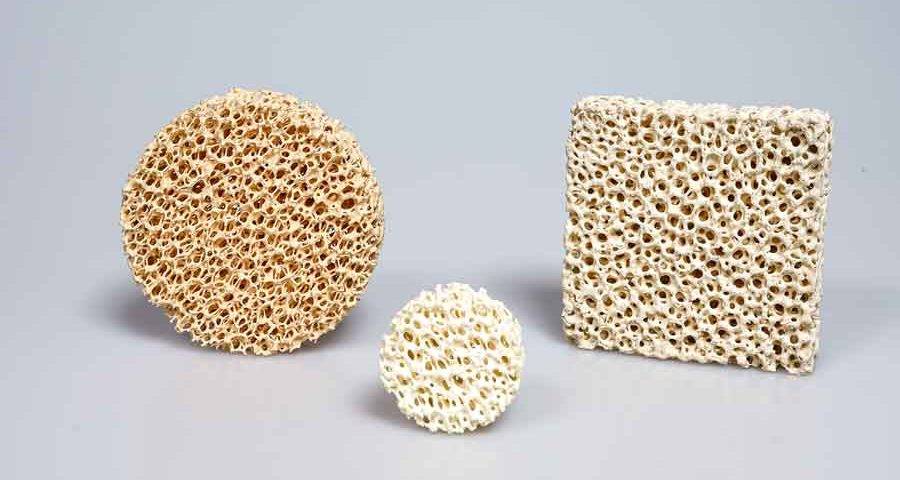
| Application | Benefits |
|---|---|
| Filtration | Effective removal of impurities and inclusions from molten metals |
| Separation | Efficient separation of different phases in industrial processes |
| Filling | Provides structural support and thermal insulation in high-temperature environments |
| Diffusion | Facilitates controlled gas or liquid diffusion, enhancing reaction rates |
| Catalysts | Supports catalytic reactions, improving efficiency and selectivity |
| Biological Enzyme Carriers | Enhances enzyme activity and stability, crucial in biotechnological applications |
The increasing adoption of foam ceramic filters in metal purification is a testament to their efficacy in improving material performance. By ensuring the removal of harmful impurities, these filters contribute to the production of metals with superior mechanical properties, greater durability, and enhanced resistance to environmental stresses. As industries continue to push the boundaries of material performance, the role of foam ceramic filters in metal purification is set to become even more critical.
Development of Cutting Tool Materials
High-Speed Steel
High-speed steel (HSS) stands out as a versatile material for manufacturing a wide array of complex tools, capable of processing an extensive range of materials, from non-ferrous metals to high-temperature alloys. This category of steel is further divided into three primary types: general-purpose high-speed steel, high-performance high-speed steel, and powder metallurgy high-speed steel.
- General-Purpose High-Speed Steel: This type is the most commonly used due to its balance of hardness and toughness, making it suitable for a variety of cutting applications.
- High-Performance High-Speed Steel: Designed for more demanding tasks, this type offers enhanced wear resistance and red hardness, allowing it to maintain cutting performance at elevated temperatures.
- Powder Metallurgy High-Speed Steel: Utilizing advanced powder metallurgy techniques, this variant provides superior homogeneity and finer carbide distributions, resulting in improved toughness and wear resistance compared to conventional high-speed steels.
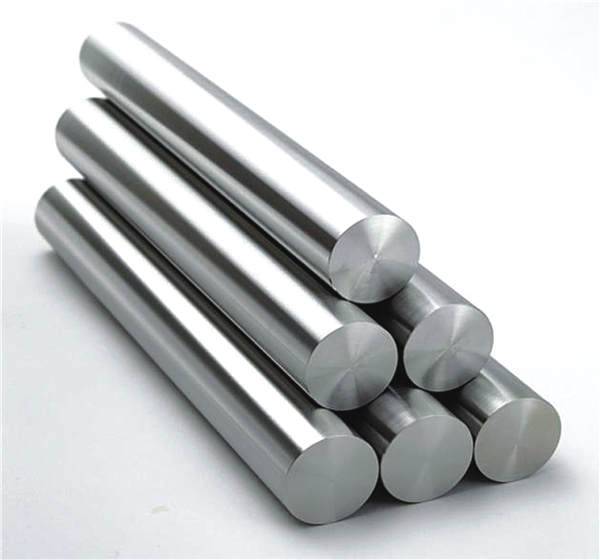
The adaptability of high-speed steel in various machining environments makes it a cornerstone in the development of cutting tool materials, complementing the advancements in ceramic and super-hard materials.
Cemented Carbide
Cemented carbide is a cutting-edge material fabricated through powder metallurgy, combining refractory metal carbides with a metal binder. This unique composition endows cemented carbide with exceptional properties that significantly surpass those of high-speed steel. At room temperature, cemented carbide exhibits an unparalleled hardness and cutting speed, making it indispensable in high-performance machining applications.
The most common types of cemented carbide include those based on tungsten and cobalt, as well as tungsten, titanium, and cobalt tungsten carbide. Each variant offers distinct advantages, tailored to specific industrial needs. For instance, tungsten carbide-cobalt (WC-Co) alloys are renowned for their high toughness and wear resistance, while titanium carbide-based alloys provide superior hardness and thermal stability.
| Type | Key Properties | Applications |
|---|---|---|
| Tungsten Carbide-Cobalt (WC-Co) | High toughness, wear resistance | Mining tools, metal cutting, stamping dies |
| Tungsten-Titanium Carbide (WC-TiC-Co) | Enhanced hardness, thermal stability | High-speed machining, cutting tools |
| Tungsten-Titanium-Tantalum Carbide (WC-TiC-TaC-Co) | Balanced hardness and toughness | Aerospace components, high-precision machining |
The superior performance of cemented carbide is not merely confined to its mechanical properties. Its ability to maintain integrity under extreme conditions, such as high temperatures and abrasive environments, positions it as a critical material in industries ranging from automotive to aerospace. This versatility ensures that cemented carbide continues to be a cornerstone in the development of cutting-edge technologies.
Ceramic Cutting Tools
Ceramic cutting tools stand out for their exceptional hardness and wear resistance, enabling them to operate at cutting speeds significantly higher than those achievable with cemented carbide tools. Specifically, ceramic tools can function at speeds ranging from three to ten times that of their carbide counterparts, making them indispensable in high-speed machining operations.
In high-speed cutting applications, ceramic tools excel due to their ability to maintain sharpness and structural integrity at elevated temperatures, which is crucial for achieving precise cuts and extended tool life. Additionally, their superior wear resistance ensures that these tools can withstand the abrasive forces encountered during hard cutting, further enhancing their durability and effectiveness.
Ceramic tools are also increasingly favored for dry cutting processes, where the absence of coolant or lubricants necessitates materials that can perform reliably under dry conditions. Their ability to cut through difficult-to-machine materials, such as hardened steels and composites, underscores their versatility and robustness in challenging machining scenarios.
| Feature | Ceramic Tools | Cemented Carbide Tools |
|---|---|---|
| Cutting Speed | 3-10 times higher | Standard |
| Hardness | Exceptional | High |
| Wear Resistance | Superior | Good |
| Application | High-speed, dry, hard, difficult-to-machine materials | Various machining operations |
The superior performance of ceramic cutting tools in these demanding environments has led to their widespread adoption across industries, where the need for efficient, high-precision machining is paramount.
Super-Hard Cutting Tool Materials
Super-hard cutting tool materials, such as diamond and cubic boron nitride (CBN), are revolutionizing the machining industry due to their exceptional properties. These materials offer unparalleled high-temperature hardness, wear resistance, and thermo-chemical stability, making them indispensable for cutting and machining high-hardness materials.
One of the key advantages of these super-hard materials is their ability to maintain high hardness even at elevated temperatures. This is crucial in high-speed machining operations where traditional materials would quickly degrade. For instance, diamond, known for its extreme hardness, remains effective even under the intense heat generated during high-speed cutting processes. Similarly, CBN, with its high thermal conductivity and chemical inertness, ensures that cutting tools remain sharp and functional in demanding environments.
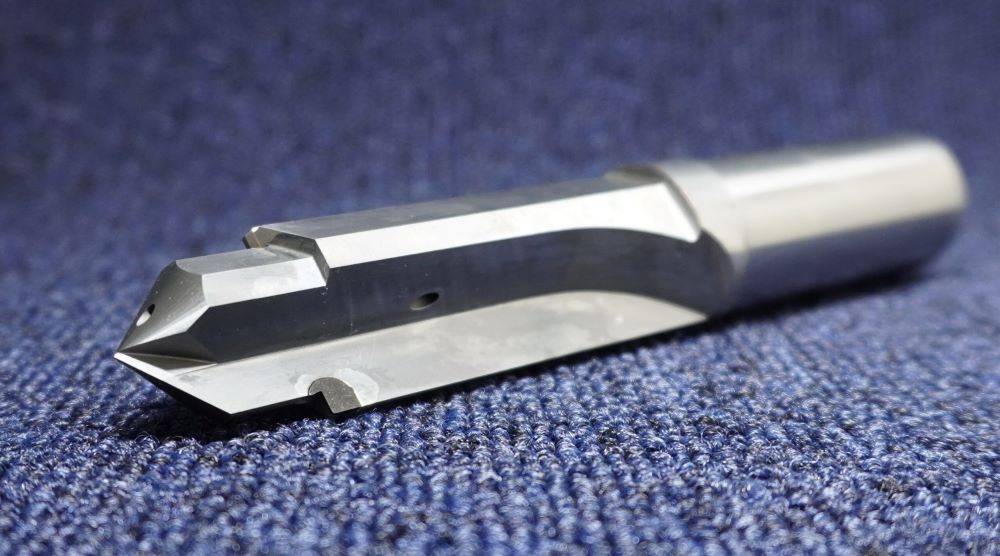
In addition to their thermal properties, super-hard materials exhibit remarkable wear resistance. This characteristic is particularly important in industries where tools are subjected to continuous, high-stress conditions. The ability to withstand abrasive wear and resist chipping significantly extends the lifespan of cutting tools, reducing maintenance costs and downtime.
Moreover, the thermo-chemical stability of these materials ensures that they do not react with the materials being machined, preventing the formation of harmful compounds that could compromise the integrity of both the tool and the workpiece. This stability is particularly beneficial when machining reactive materials like titanium alloys or hardened steels.
Overall, the integration of super-hard cutting tool materials into modern machining processes represents a significant advancement in the field. Their unique combination of high-temperature hardness, wear resistance, and thermo-chemical stability makes them the preferred choice for tackling the most challenging machining tasks.
Coated Tools
Coated tools represent a significant advancement in cutting tool technology, achieved by applying one or more layers of refractory compounds with superior wear resistance onto carbide or high-speed steel substrates. These coatings, often made from materials such as titanium nitride (TiN), titanium carbide (TiC), or aluminum oxide (Al₂O₃), enhance the performance of the underlying tool materials in several critical ways.
Firstly, the addition of these coatings significantly boosts machining efficiency. The enhanced wear resistance of the coating allows for faster cutting speeds and reduced tool wear, thereby increasing the overall productivity of the machining process. This is particularly beneficial in high-speed machining operations where the tools are subjected to extreme conditions.
Secondly, coated tools contribute to improved machining accuracy. The protective layer minimizes tool deformation and wear, which in turn reduces the likelihood of dimensional inaccuracies in the machined parts. This precision is crucial in industries where tolerance levels must be tightly controlled, such as aerospace and automotive manufacturing.
Moreover, the extended service life of coated tools is another notable advantage. The refractory compounds used in the coatings are designed to withstand high temperatures and harsh cutting conditions, which translates to longer tool life and fewer replacements. This longevity not only reduces downtime but also lowers the overall cost of tooling.
Lastly, the economic benefits of using coated tools are substantial. By extending the life of the tools and improving machining efficiency, these coated tools help to reduce the total cost of machining operations. This cost-effectiveness makes coated tools an attractive option for manufacturers looking to optimize their production processes.
In summary, coated tools are a game-changer in the realm of cutting tool technology, offering a blend of enhanced performance, accuracy, longevity, and cost-efficiency that is unmatched by uncoated tools.
Related Products
- CVD Diamond Cutting Tool Blanks for Precision Machining
- Engineering Advanced Fine Ceramics Aluminium Oxide Al2O3 Ceramic Washer for Wear-Resistant Applications
- Custom Boron Nitride (BN) Ceramic Parts
- High Temperature Aluminum Oxide (Al2O3) Protective Tube for Engineering Advanced Fine Ceramics
- Arc-Shaped Alumina Ceramic Crucible High Temperature Resistant for Engineering Advanced Fine Ceramics
Related Articles
- The Advancements in MPCVD Systems for Large Size Single Crystal Diamonds
- Understanding the CVD Diamond Machine and How It Works
- Comparing CVD Synthetic Diamonds and HPHT Cultivated Diamonds: What are the Differences?
- The Process of Fabricating a CVD Diamond By MPCVD Machine
- How CVD is Used in the Semiconductor Industry

